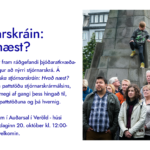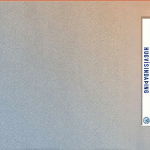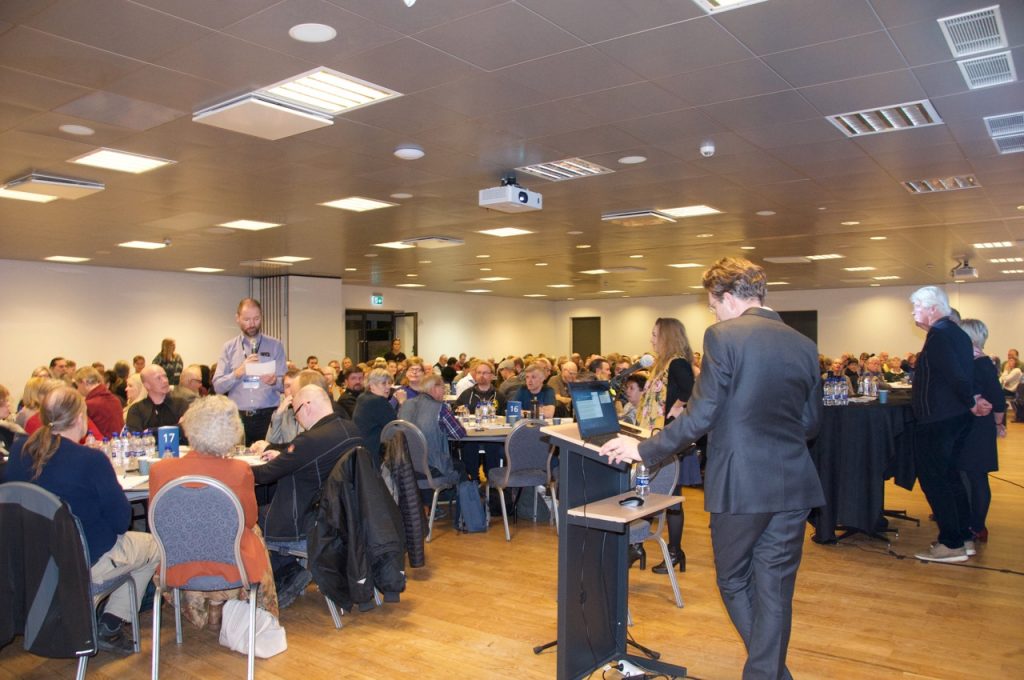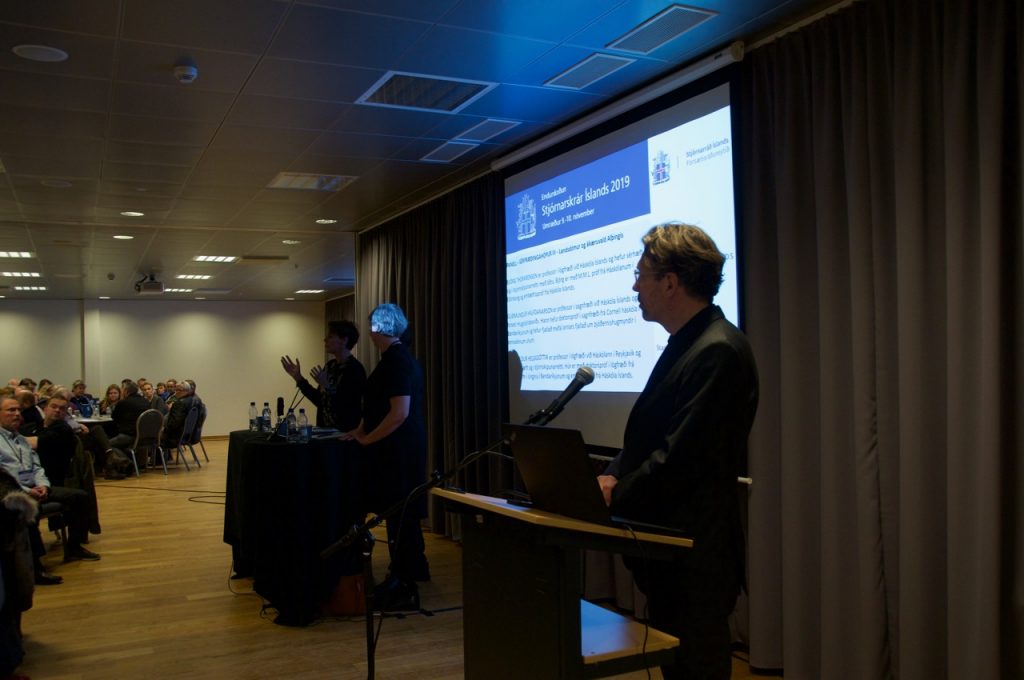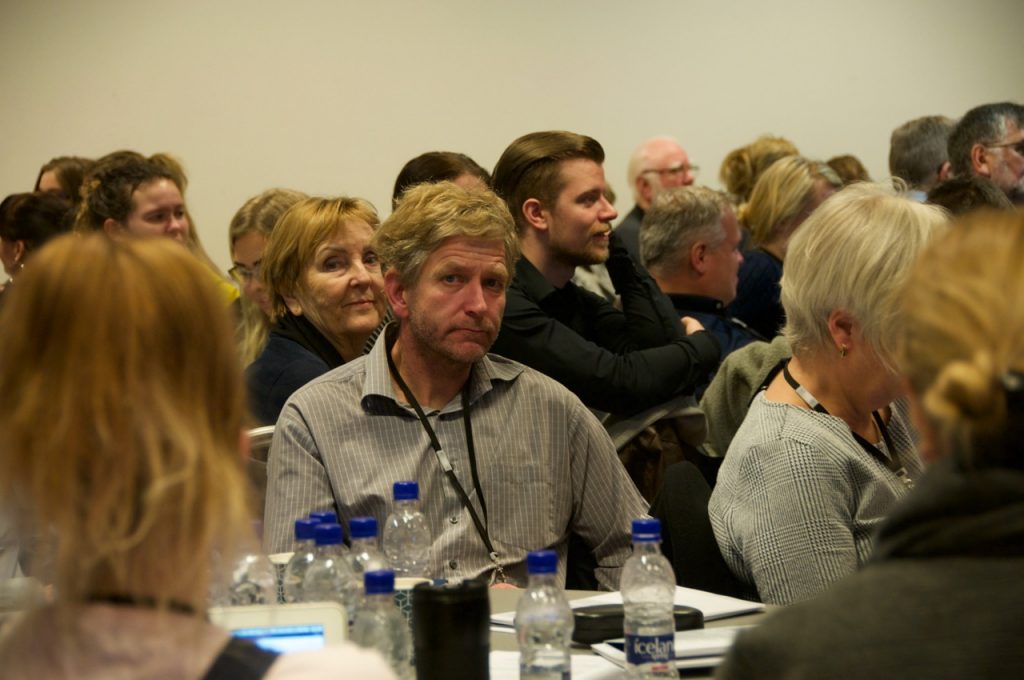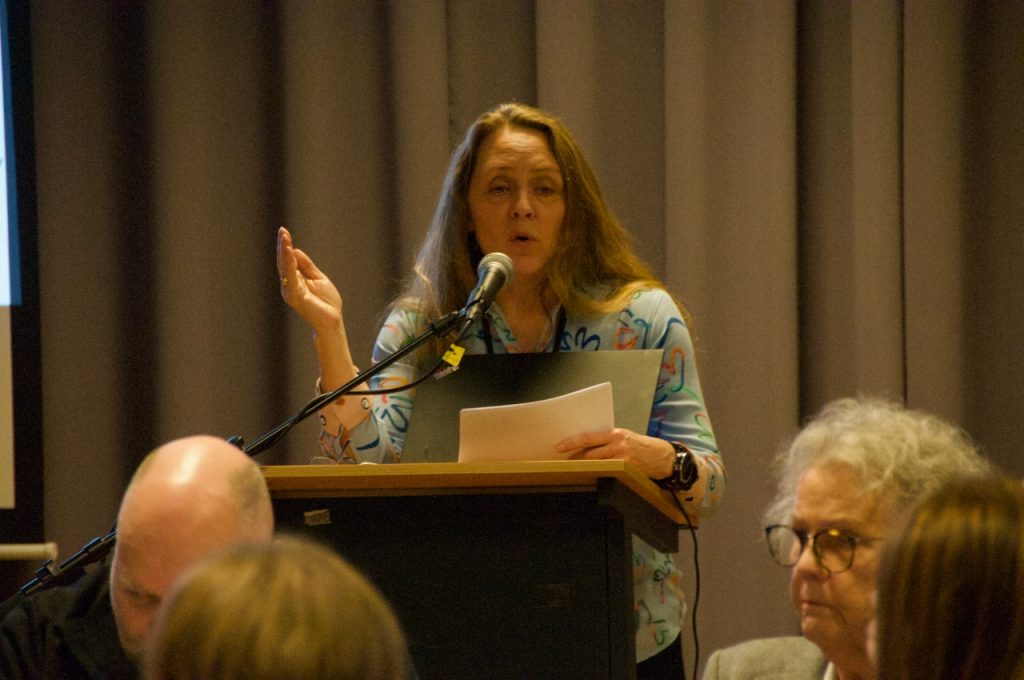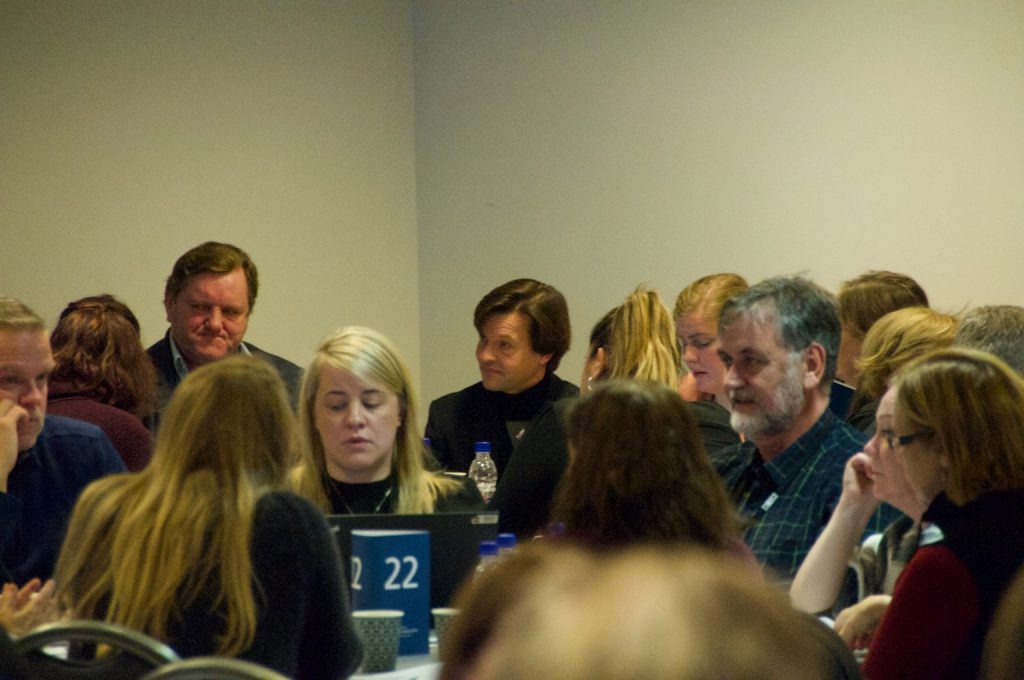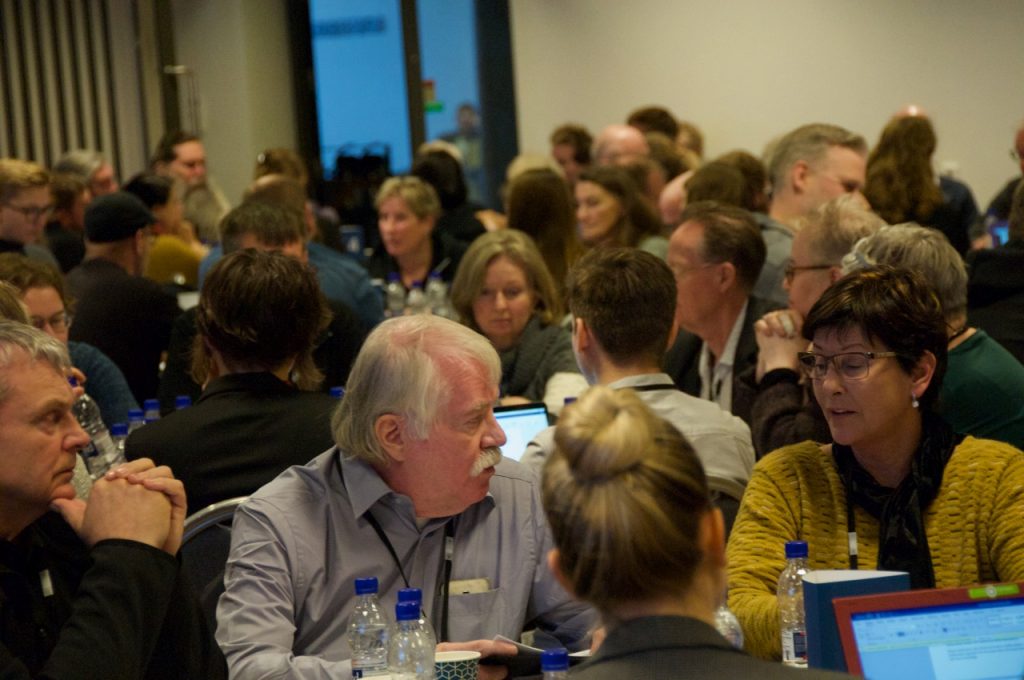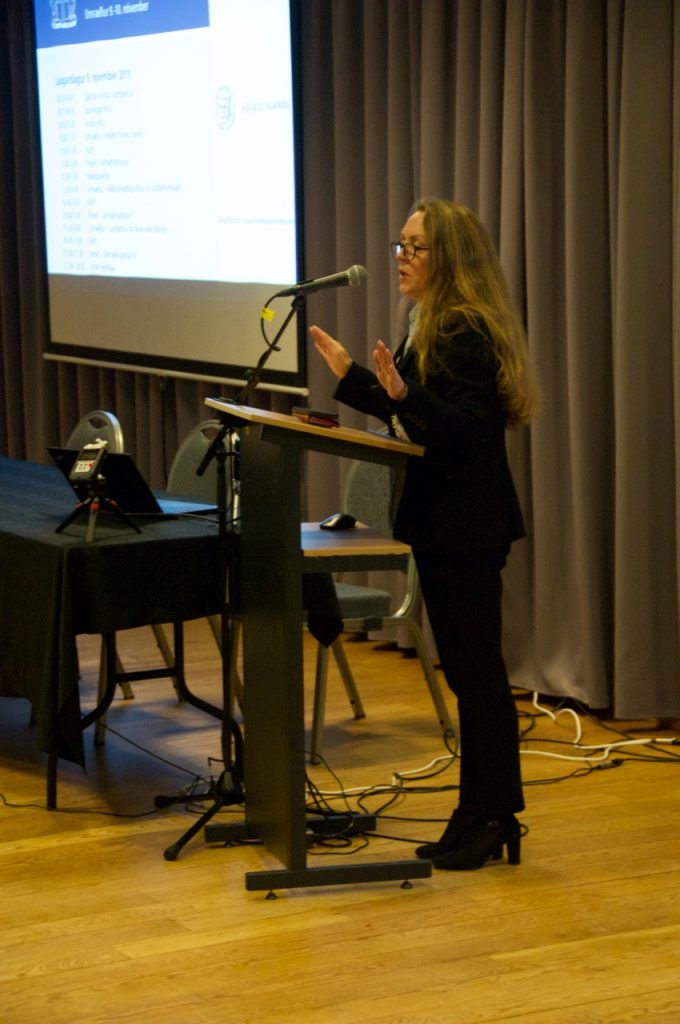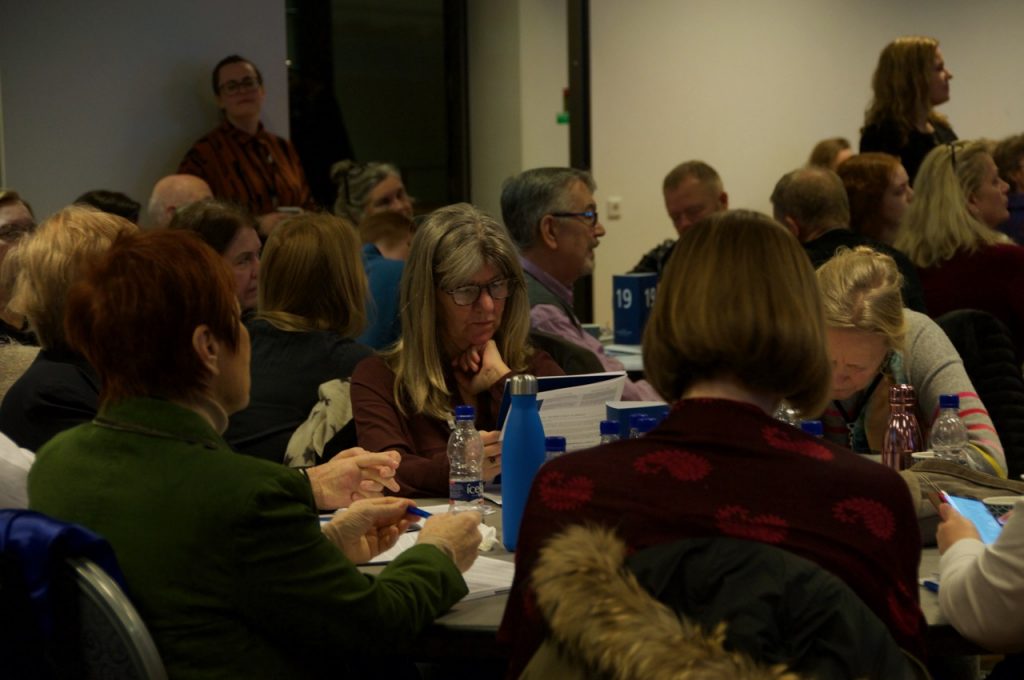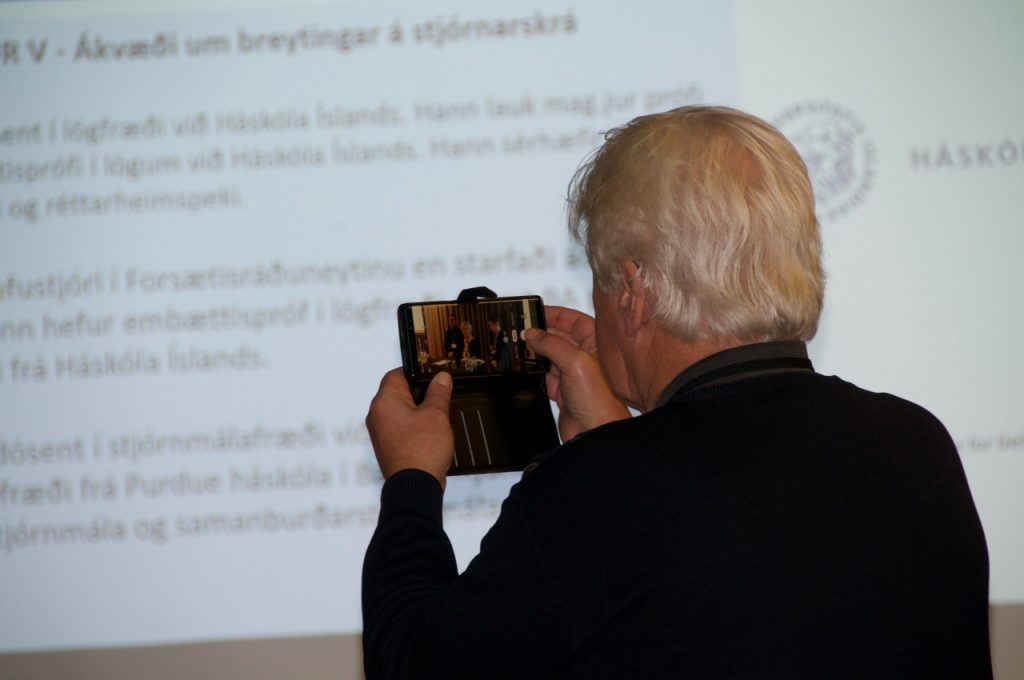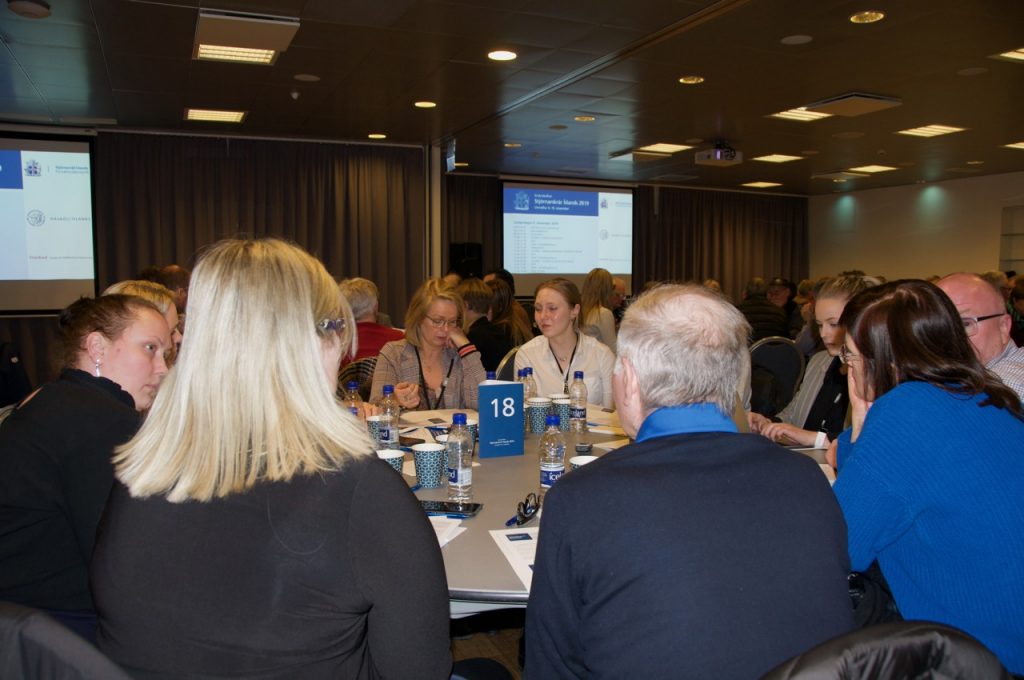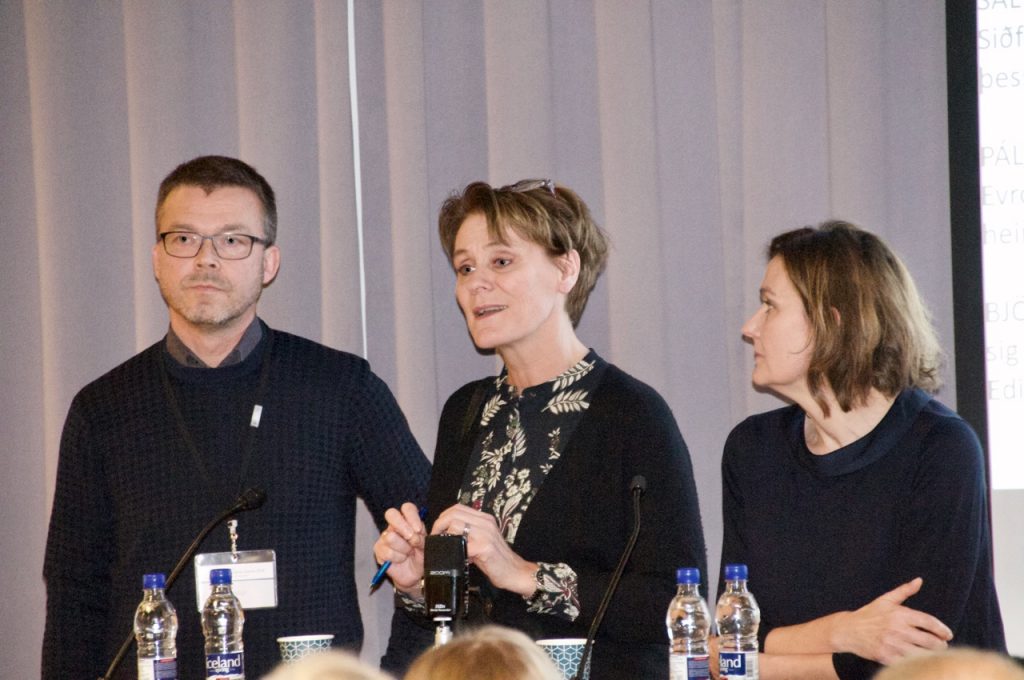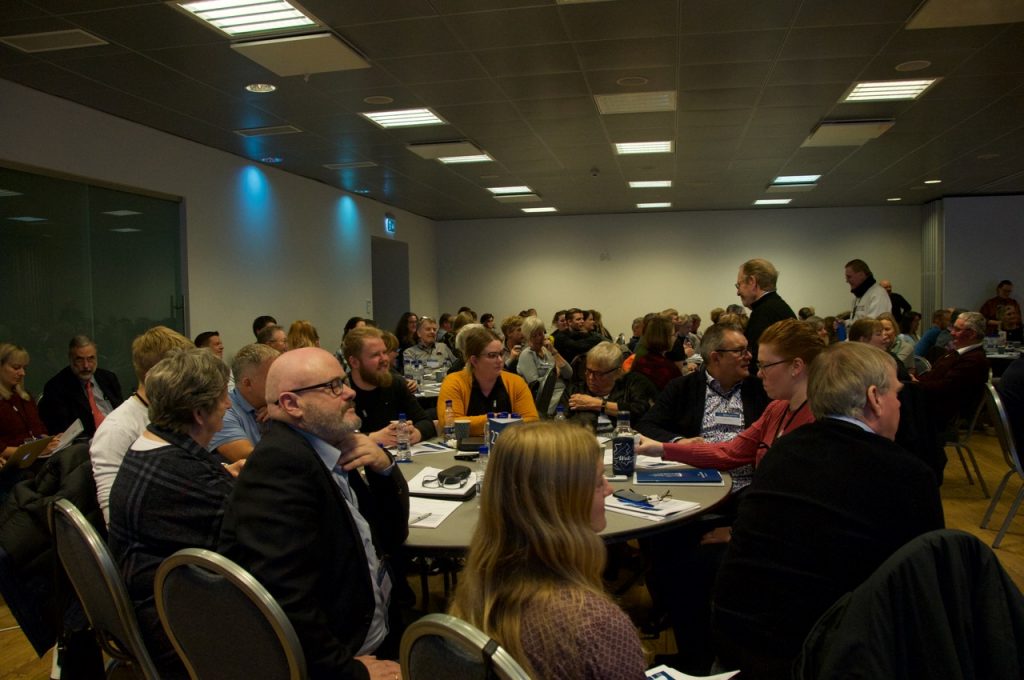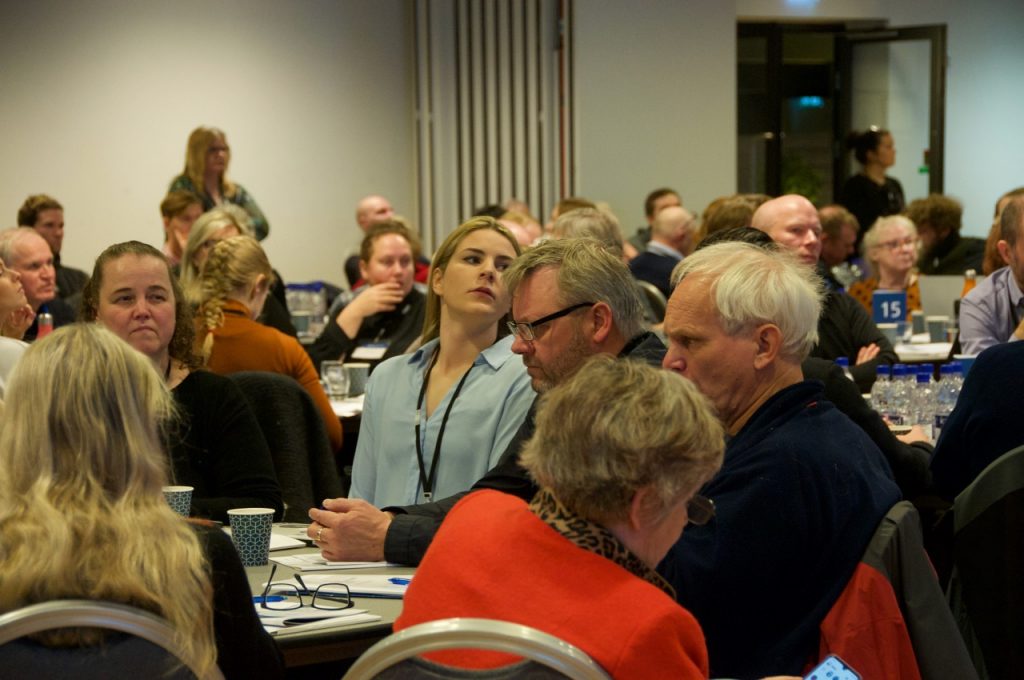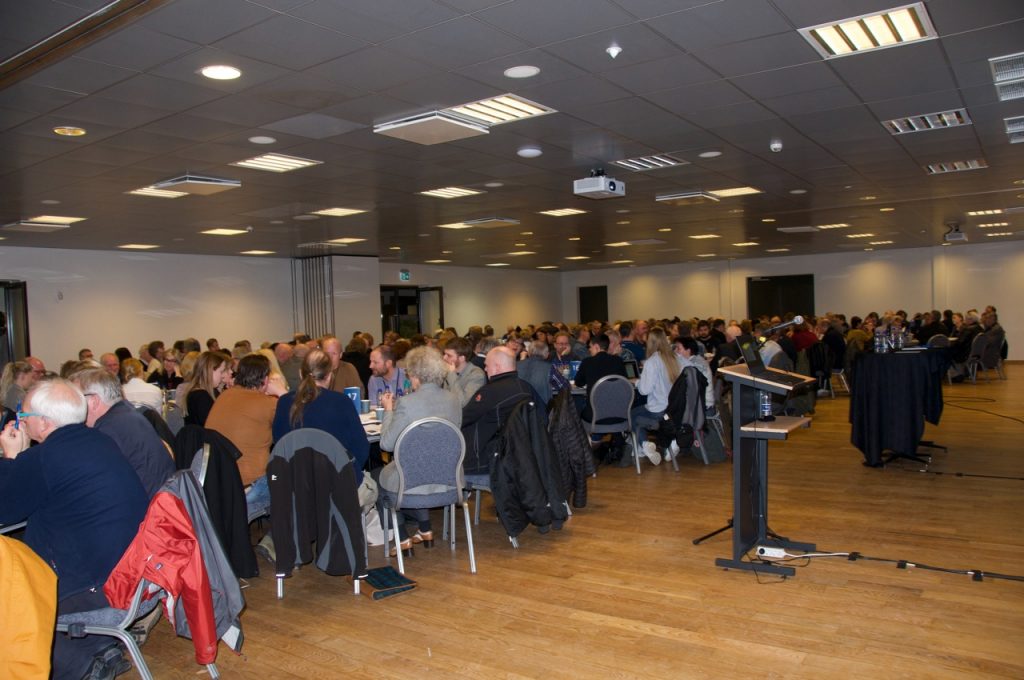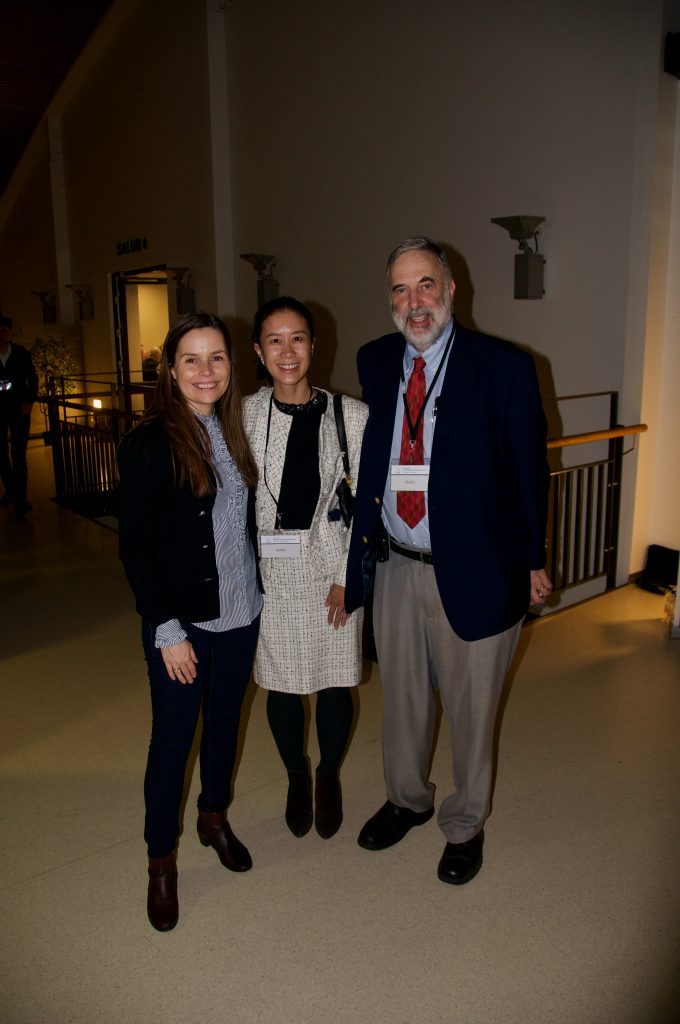| TITLE OF PAPER | Colonization and changing gender relations in Forest Sámi society |
|---|---|
| AUTHORS NAME | Gunilla Larsson |
| AFFILIATION | Center for Multidisciplinary Research on Racism |
| UNIVERSITY / INSTITUTE | Uppsala University |
| gunilla.larsson@cemfor.uu.se | |
| ABSTRACT |
Abstract Gunilla Larsson |
| BIOGRAPHY |
2007 Doctor of Philosophy 3/3 2007 Uppsala University. Title of dissertation ”Ship and Society. Maritime Ideology in Late Iron Age Sweden.”, supervisor Professor Ola Kyhlberg, assistant supervisor Ph.D. Svante Norr. Researcher at Uppsala university. 2012-2013, 2014-2015: Research projects on retracing Sámi history on the base of the ancient monuments, in cooperation with May-Britt Öhman on Center for Gender Studies, Uppsala University in her research project” DAMMED: Security, Risk and Resilience around the dams of Sub-Arctica” and the project ” Rivers, Resistance Resilience: Sustainable futures in Sápmi and other indigenous peoples’ territories”. 2017-2019: Participation in Katarina Pirak Sikkus project Uppsala University “To Give me my perspective. The traces of Race Biology in Sámi society”. Since 2018 participating in May-Britt Öhmans research project “Indigenous perspectives on climate change”, Center for multidisciplinary research on racism, Uppsala University |
| CO-AUTHORS |
Only one author. |
| KEYWORDS | Forest Sámi, colonisation, changing gender relations |
| STREAM | 4. Along and across Borders: Proper Objects and Intersectionalities, 8. Other – Proposal for a new panel |
| COMMENTS |
I am not sure which stream may be most appropriate for my paper, so You are free to Place it where You Think it may be best. |
| PICTURE | |
| Webpage | |
Home »



